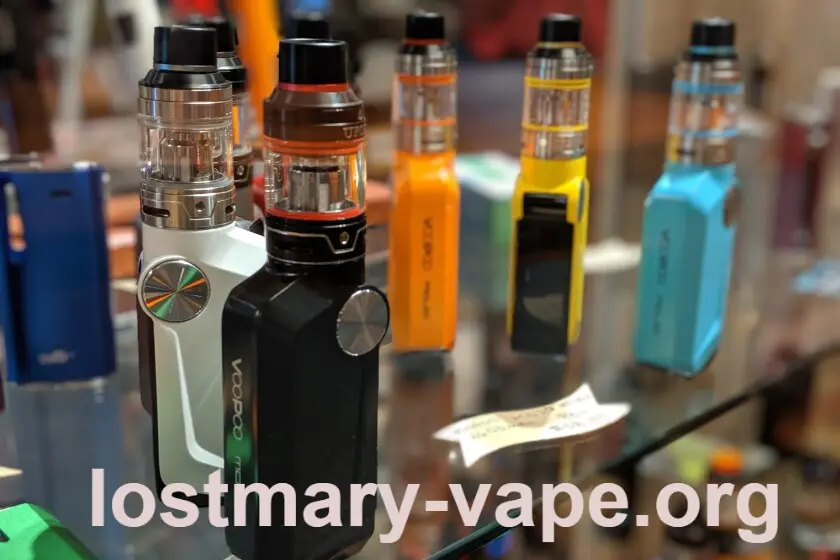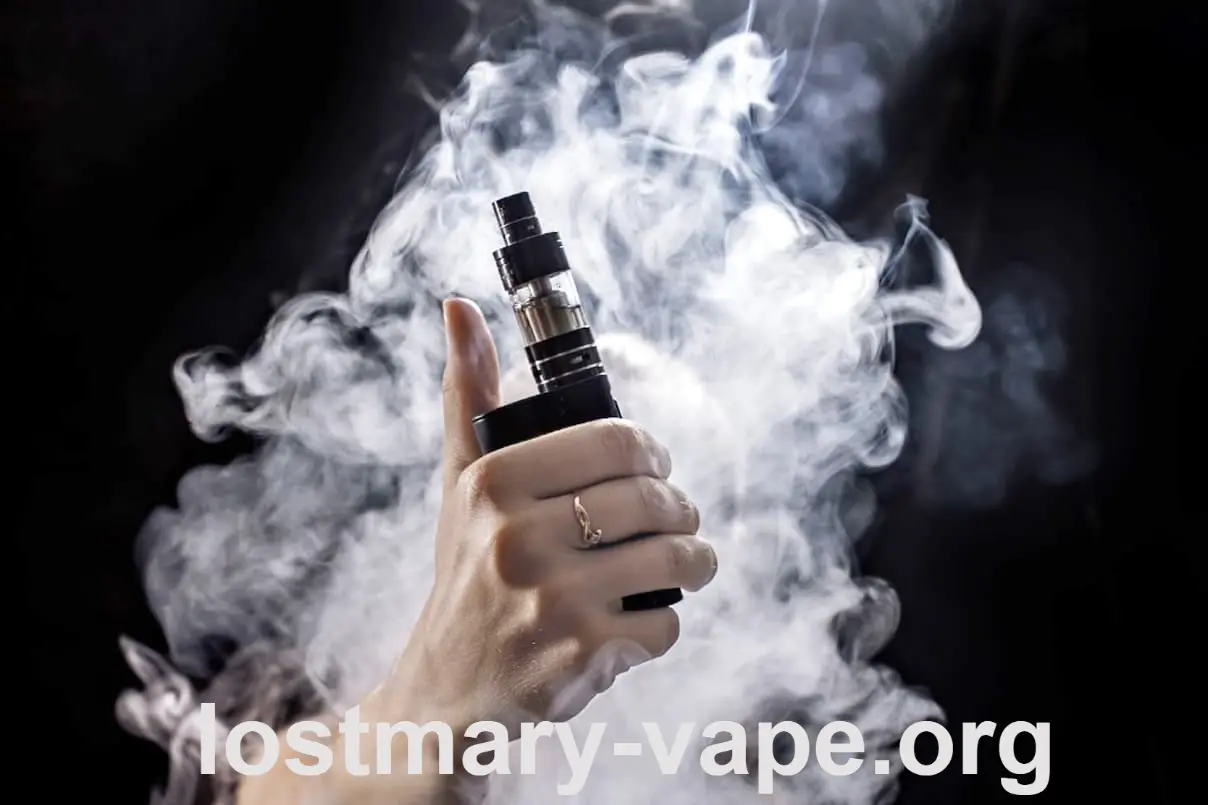Germany's Vape Market Faces Growing Struggles: Can 2.4 Million Users Adapt?
Germany's vape industry is under intense pressure right now. With the black market running rampant and taxes skyrocketing, legal businesses are finding it harder than ever to stay afloat. Not only is the illegal trade eating into market share, but it’s also making the public more vulnerable to low-quality, unregulated products that could pose serious health risks. On top of this, the rising taxes are driving vape prices up, making it even harder for legitimate brands to stay competitive. In short, the future of the German vape market looks uncertain, and it's time we take a closer look at what's going wrong and what it means for the future.
Germany’s Fall from Vape Export Glory: What’s Behind the Drop?
Looking at the data from the first half of 2024, Germany is no longer the powerhouse it once was for Chinese vape exports. The total export value to Germany dropped almost 20%—from $42.27 million in 2023 to just $34.01 million this year. As a result, Germany slipped out of the top three destinations for Chinese vape exports, falling to fourth place.
This decline indicates that demand for Chinese vape products in Germany is waning. Why? It’s likely a combination of tougher local competition and shifting regulatory policies. Vape companies looking to tap into the German market need to stay on their toes and adjust their strategies to keep up with these changes. It's all about finding new growth opportunities and competitive advantages in a market that’s growing more complex by the day.
The Roller Coaster of Germany’s Vape Market in the Second Half of 2024
Throughout the second half of 2024, Germany’s vape market has experienced its fair share of ups and downs. For most of the year, the country stayed firmly in fourth place as a destination for Chinese vape exports. However, in August and November, Germany briefly surged to third place in the rankings, which signaled a temporary improvement in demand.
November saw the biggest boost, with exports hitting $64.97 million, up nearly 15% from the previous month and a massive 43% year-on-year increase. While this data shows a return to growth for the German market, it’s clear that the overall trend for 2024 has been sluggish, and businesses in the sector must carefully monitor these fluctuations to capitalize on potential recovery as we close out the year.
The Weight of Taxes: Can the Vape Industry Survive?
The vape industry in Germany is feeling the weight of the country's tax policies. Since July 1, 2022, an additional tobacco tax has been applied to vapes, with the rate at €0.16 per milliliter of vape liquid (including nicotine-free liquids). This tax rate is set to increase each year, and by 2026, it will be double what it is now. If the prices of vapes rise by as much as 40%, many consumers might turn to the black market to avoid the higher costs.
But it doesn’t stop there—Germany’s tax plans are going to keep tightening the screws. The tax rate is expected to rise in three phases, with the final increase hitting €0.32 per milliliter by 2026. On top of that, the tax on vape juice will increase from €0.16 to €0.26 per milliliter starting in January 2025. With these escalating taxes, the already thin profit margins for legal vape businesses are getting even tighter.
This has serious implications for the market. If vape prices continue to rise, consumers may be forced to buy from illegal sellers, which only worsens the situation. The rise of black market products in the face of these heavy taxes is a major threat to the integrity of the vape industry in Germany.
Cracking Down: Multiple States Push for Single-Use Vape Ban
On the regulatory front, Germany is tightening its grip on vapes. Several state representatives are backing a new law to ban single-use vapes, supported by environmental groups and health organizations. The reason? Single-use vapes quickly turn into trash and contribute to environmental pollution, while also raising safety concerns.
If the law passes, it could mean a significant shift for the industry. The proposal is set to be debated in Germany’s Federal Parliament, and if it gains majority support, it could become a nationwide ban. In addition to this, the country’s drug commissioner has been advocating for stricter enforcement of bans on nicotine pouches, signaling a tougher stance on vaping as a whole.
While such regulations could help keep illegal products in check and improve public health, they may also hinder legitimate businesses by shrinking the market and limiting options for consumers.
Vape Event Cancellations Highlight Industry Struggles
One of the most notable signs of the struggles facing Germany’s vape industry is the cancellation of the “Hall of Vape” exhibition, which was once a major event for the European vape sector. Due to fewer exhibitors, stricter regulations, and a decrease in audience attendance, the event won’t be held in 2025.
This is a blow to vape companies looking to showcase their products, connect with consumers, and expand their reach. The loss of such an important platform also signals a larger issue within the industry—without events like this, the flow of information and potential collaborations is severely limited. It’s clear that the industry needs to find new ways to stay connected and innovative in the face of mounting challenges.
Black Market Vape Sales Soar, Legal Businesses Struggle
The black market for vapes in Germany has been surging at an alarming rate, and it’s becoming a serious headache for legitimate businesses. A recent bust by German customs at the port of Neuss revealed an astounding 650,000 illegal vapes—one of the largest seizures in the country’s history. These products, which violate the country’s strict regulations, were found to have tens of thousands of puffs, far exceeding the legal 600-puff limit. Even more shocking, they were being sold at ridiculously low prices—around €10 for 8,000 puffs, making them impossible to resist for price-conscious consumers.
While these prices are a major draw, they come with a heavy risk. The quality of these black market vapes is often questionable, and their safety is far from guaranteed. Without proper oversight or quality control, there’s no way to know if they meet health standards, which poses a significant danger to users. For legal businesses trying to maintain high standards and comply with regulations, competing with these prices has become nearly impossible. Despite their efforts to educate consumers about the potential dangers, such as poor product quality and the risk of unsafe ingredients, the demand for cheap, illegal vapes continues to rise.
What's worse, these illicit sales are increasingly tied to organized crime syndicates, further complicating the issue. In Berlin, for instance, raids linked to family-run criminal organizations have led to a staggering €500,000 in lost tax revenue. The more the black market spreads, the more difficult it becomes for legitimate businesses to thrive, and the more the public is exposed to substandard, potentially harmful products. If the government doesn't step in to regulate this illegal market effectively, these illegal sales will continue to thrive, putting the entire vape sector in jeopardy.
Vape Market Still Holds Potential Despite Struggles
Despite these overwhelming challenges, Germany’s vape market still shows significant potential. With around 2.4 million users, the country’s vaping community is far from small, and research from Düsseldorf University Hospital suggests that the number of vape users has risen by an impressive 38% from 2016 to 2023. While the overall smoking rate remains relatively high at around 30%, vapes have carved out a niche, particularly among younger consumers. In fact, single-use vapes are especially popular among young women, a demographic that’s increasingly looking for alternatives to traditional smoking.
This data paints a picture of a market that is still growing, despite the pressure from black market sales and regulatory challenges. As more people become health-conscious and seek alternatives to tobacco, the demand for safer, regulated vape products could increase. Consumers are looking for ways to move away from smoking, and for many, vaping represents a viable and potentially safer option. If the legal vape market can overcome its current struggles, there’s no reason it couldn’t continue to expand in the coming years, especially as more people turn to vaping as part of a healthier lifestyle.
However, for this potential to be realized, the industry needs to adapt. Manufacturers must be able to offer products that meet consumer demands for quality, affordability, and safety, all while navigating the tight regulatory environment. If businesses can find ways to reduce prices without compromising quality, and if the government can help curb the flow of illegal vapes, there’s hope that the market could not only survive but thrive.
In the coming years, the vape industry in Germany could still have room to grow, but it will depend on how quickly both the industry and government respond to the pressing challenges at hand. If these issues can be tackled—such as the growing black market, the crushing tax burden, and over-regulation—Germany’s vape market could still find a way to thrive, offering healthier alternatives to smoking for years to come.

